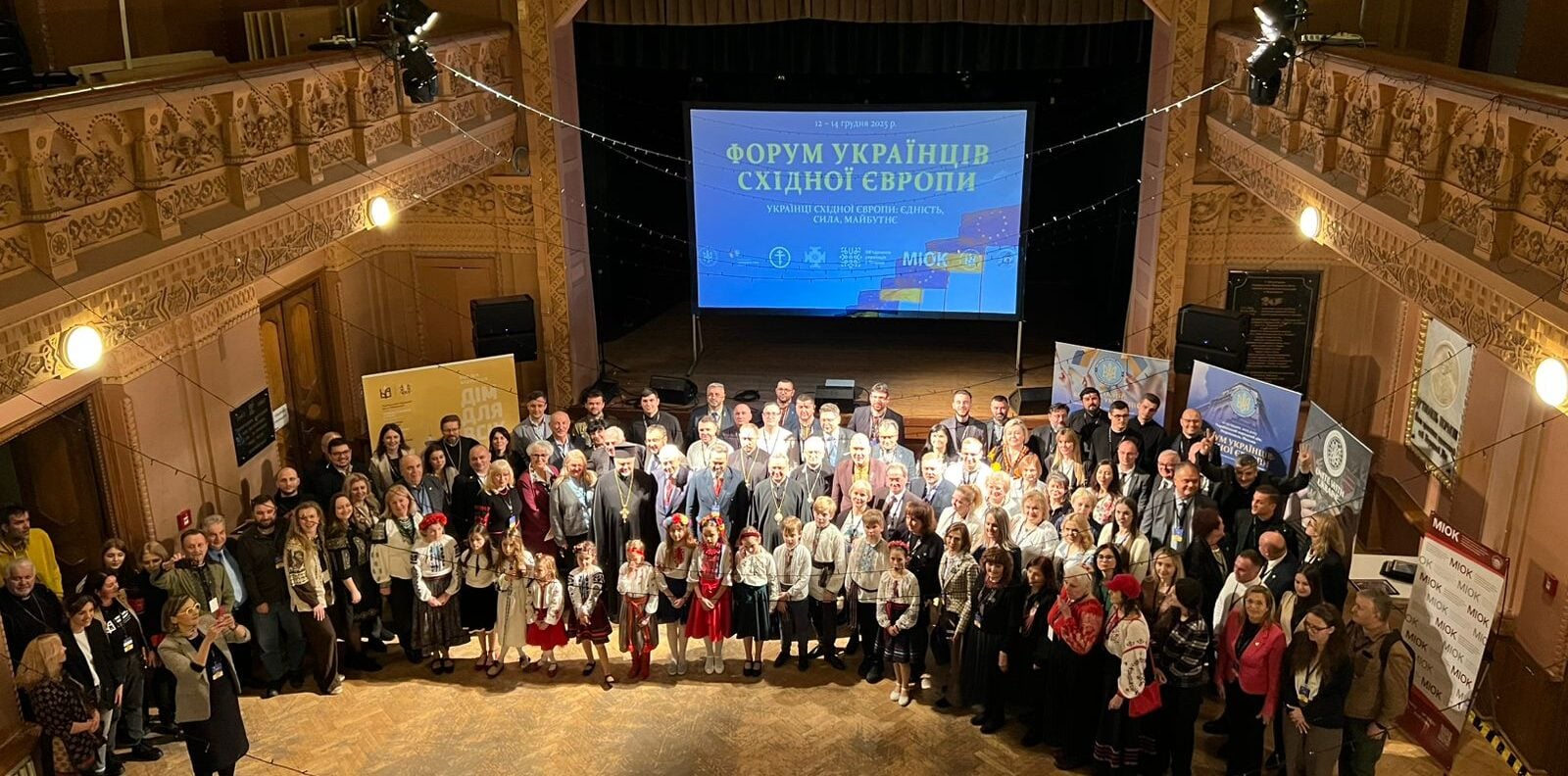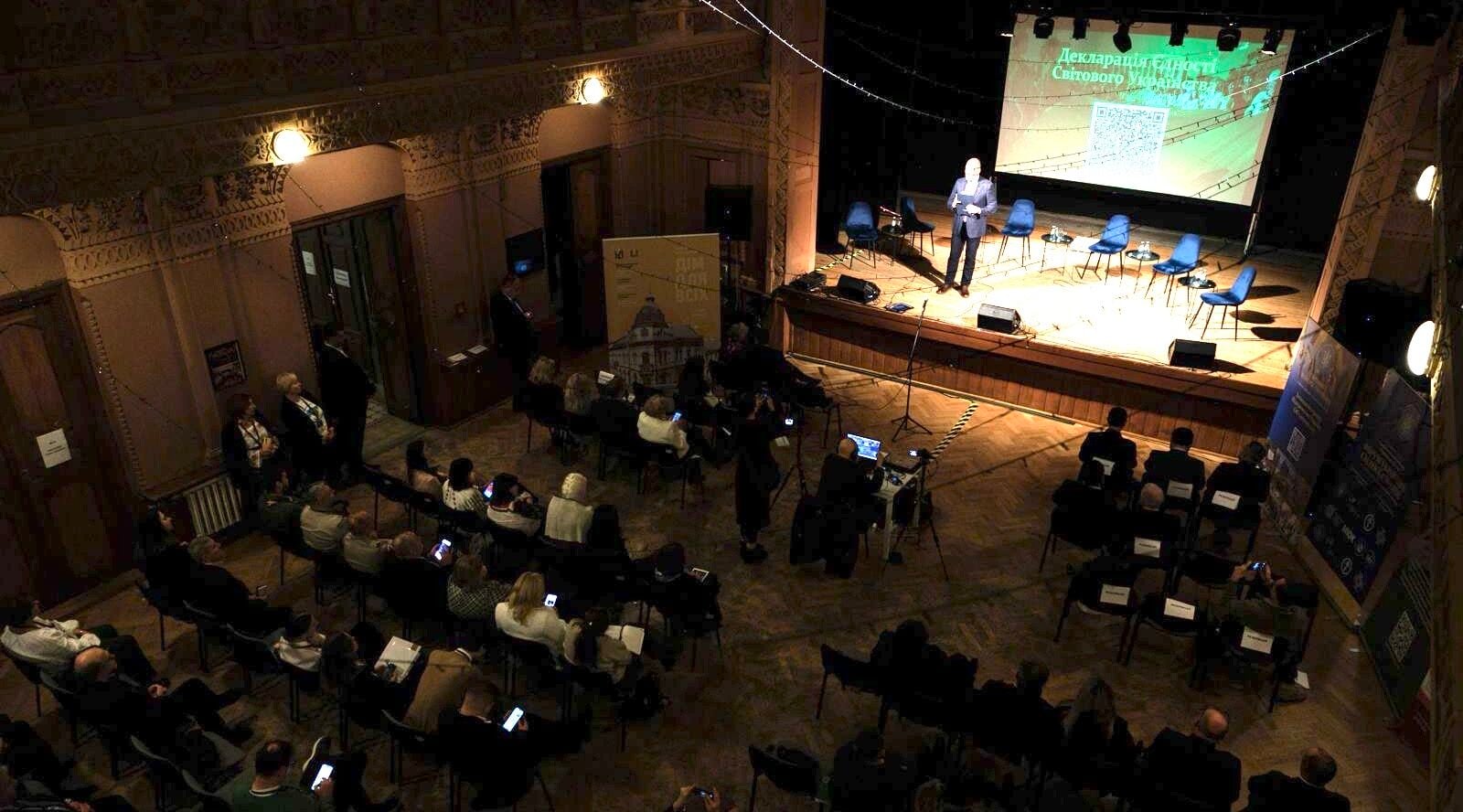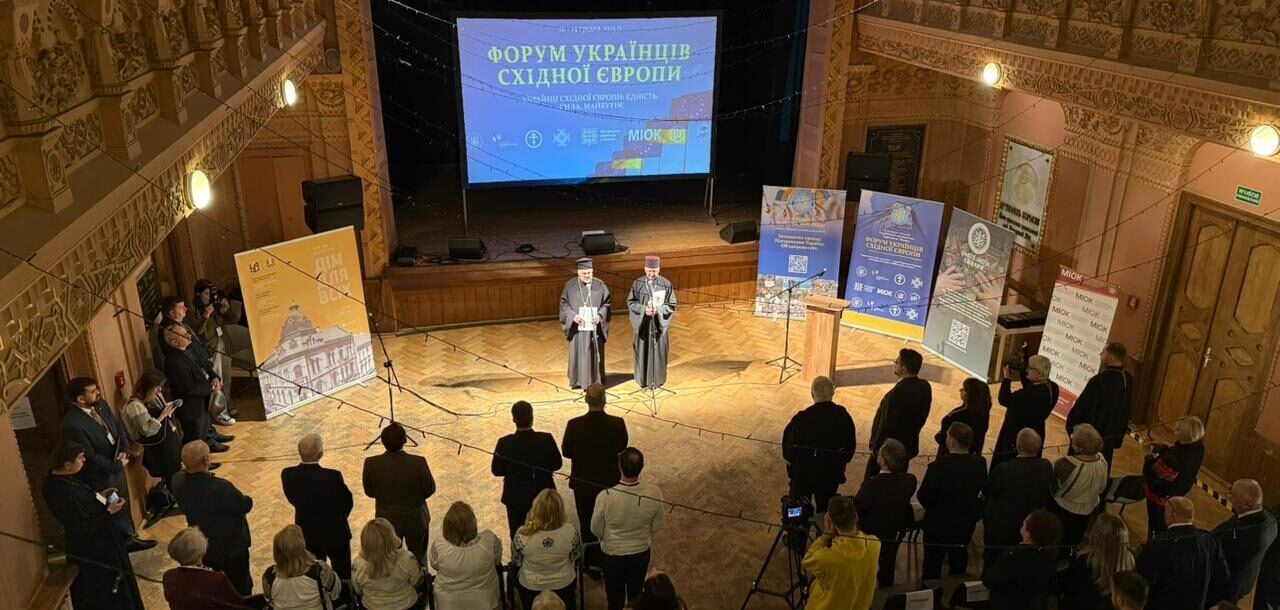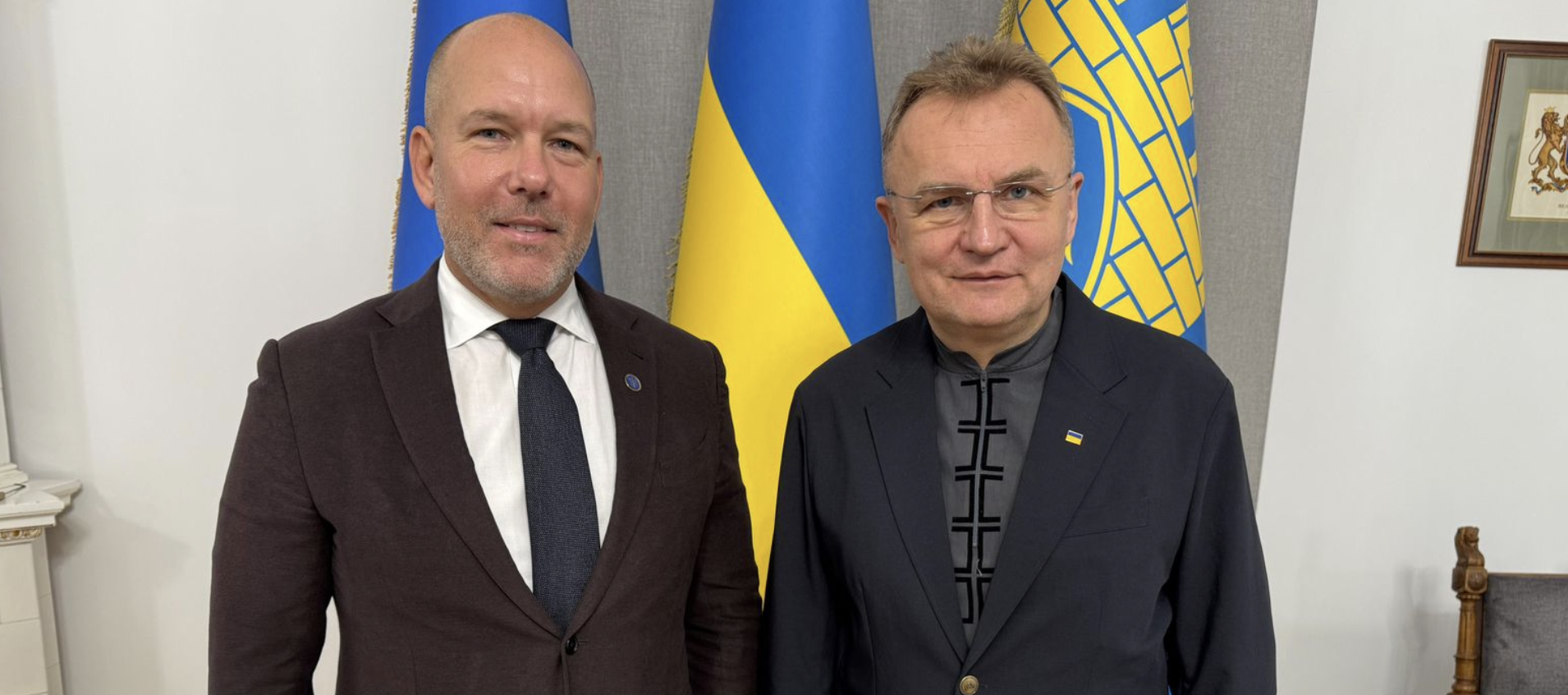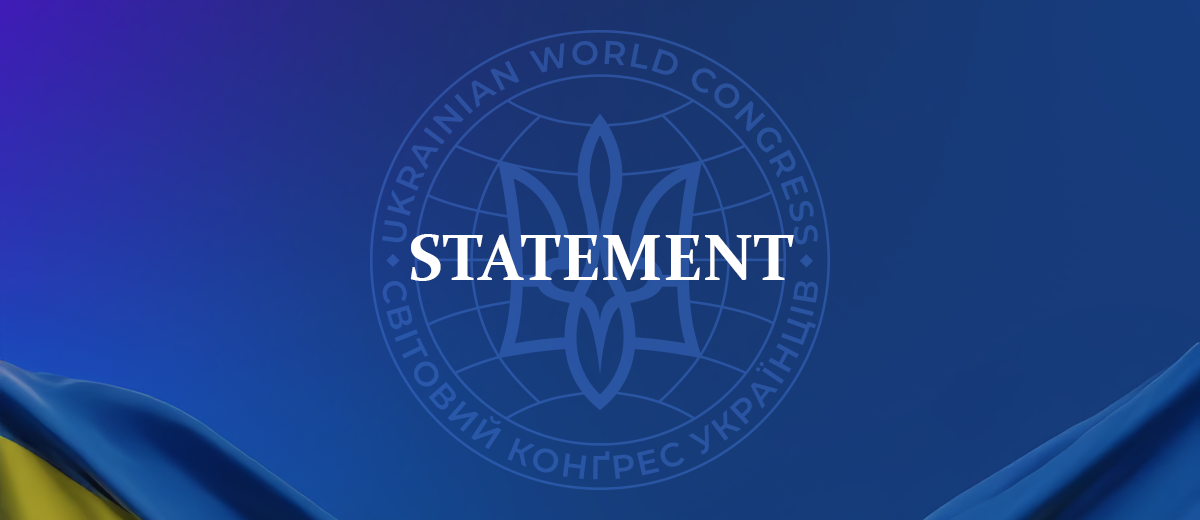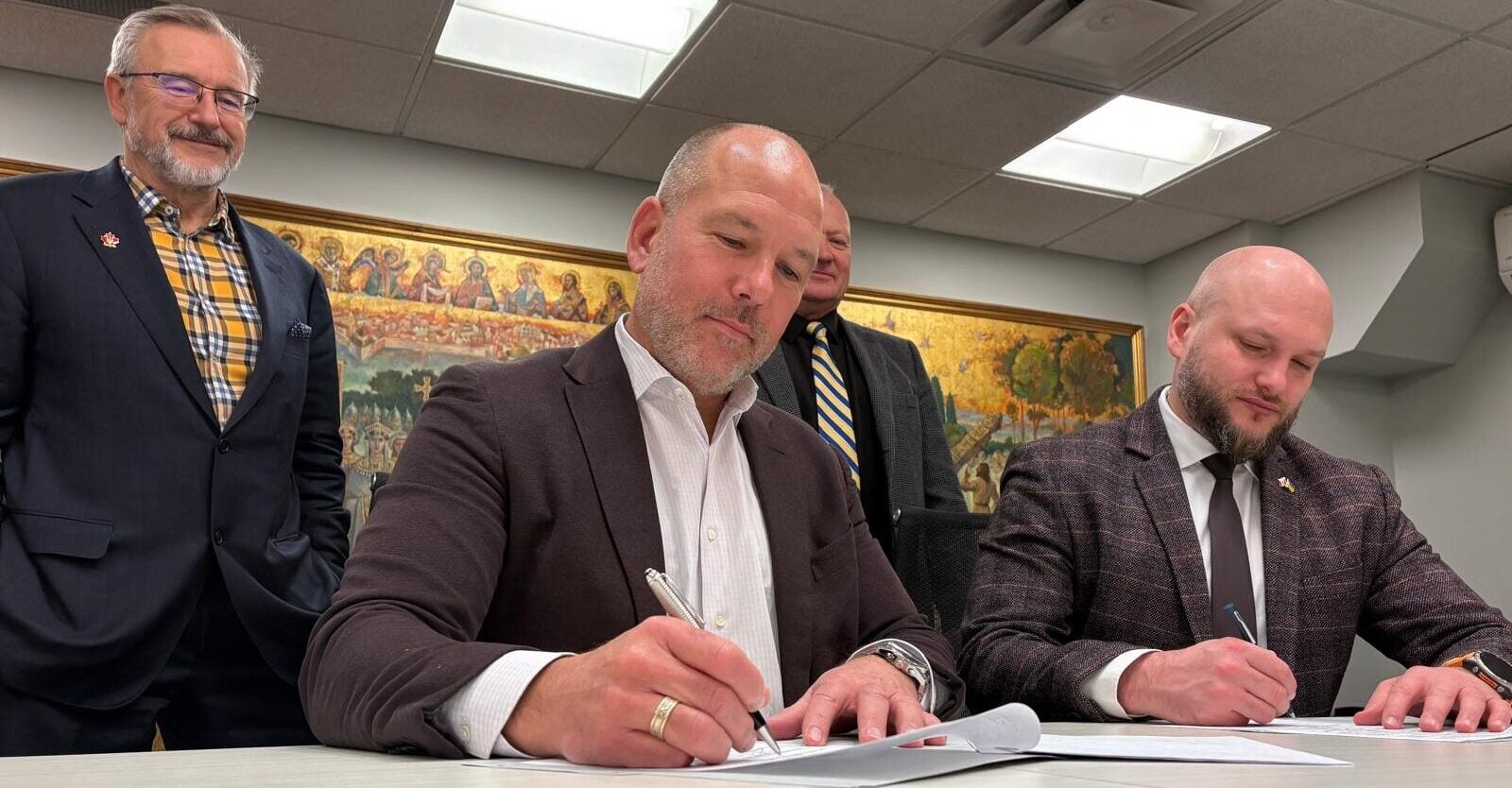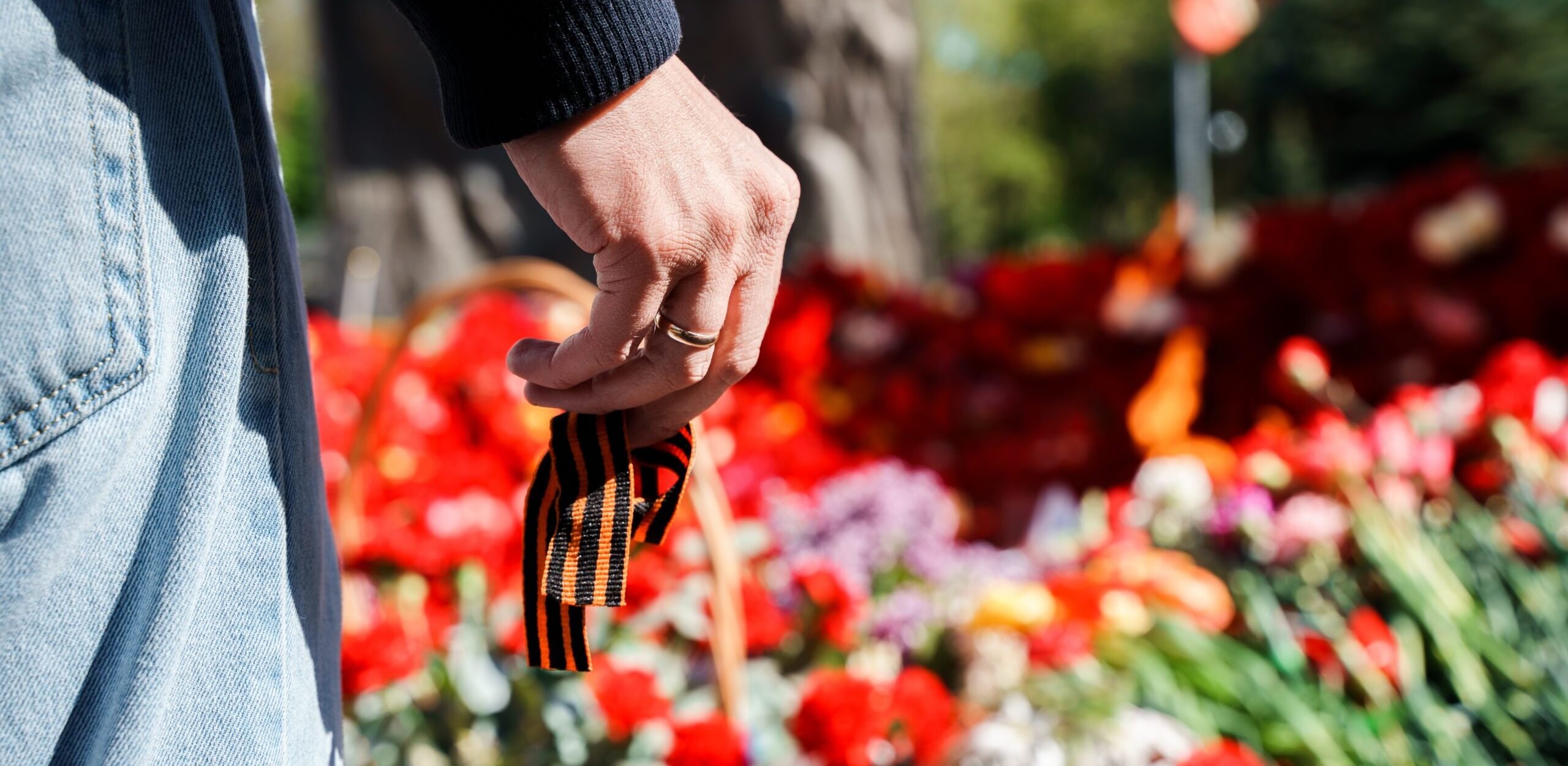
Russia observes “Victory Day” on May 9 – a date that the Kremlin has transformed into a powerful propaganda instrument. Framed as a commemoration of the Soviet Union’s role in defeating Nazi Germany, the day is now used to promote militarism, glorify Russia’s imperial past, and justify current aggression.
Central to this narrative is its promotion of “Immortal Regiment” marches, held not only in Russia, but in many countries abroad that often feature the St. George’s ribbon.
The black-and-oragne ribbon, now widely recognized as a symbol of Russia’s aggression against Ukraine, plays a central role in the Kremlin’s attempts to co-opt history and manipulate collective memory.
Halyna Maslyuk, a prominent leader of the Ukrainian community in Greece, shares more about the meaning behind this emblem and its use in Russian propaganda.
Historically, the St. George ribbon was part of the Russian Empire’s highest military decoration introduced in the late 18th century. Called the Order of St. George, it was abolished after the 1917 Bolshevik Revolution.
However, the ribbon persisted among White Guard forces and was later associated with some Russian units that collaborated with Nazi Germany in World War II.
Its visual motifs later influenced the design of several Soviet decorations, including the Order of Glory, the medal “For the Victory over Germany,” and the Guards ribbon. In 2000, Kremlin ruler Vladimir Putin reinstated the Order of St. George and brought back the historic ribbon.
Between 2005 and 2007, the ribbon was rebranded through the “St. George Ribbon” campaign, launched by the state-run news agency RIA Novosti and the organization “Student Community.”
Around Victory Day, ribbons resembling the historic design were widely distributed. The campaign claimed to honor fallen soldiers, show respect for veterans, and establish a unifying symbol of victory. However, in public discourse, the ribbon increasingly came to be seen as a sign of allegiance to Russian imperial traditions.
Because of its color resemblance to the shell of the Colorado potato beetle (Leptinotarsa decemlineata), a notorious agricultural pest, the ribbon earned the nickname “Colorado ribbon.” Russian journalist and TV presenter Alexander Nevzorov has claimed credit for coining the term.
Since 2014, amid the Russian-Ukrainian war, the ribbon has become a symbol of separatism, militarism, and anti-Ukrainian sentiment. On 16 May 2017, the Verkhovna Rada of Ukraine passed a law banning its public use, display, or wearing. The president signed the law on June 12 of that year.
The Ukrainian World Congress (UWC) has previously explained the true nature of the “Immortal Regiment” march — a propaganda event where participants carry portraits of Soviet soldiers and glorify the USSR’s role in World War II.
UWC has designated May 9 as the Day of Russian Shame and launched an awareness campaign to counter Kremlin narratives. Learn more at the link.
Cover: Shutterstock
